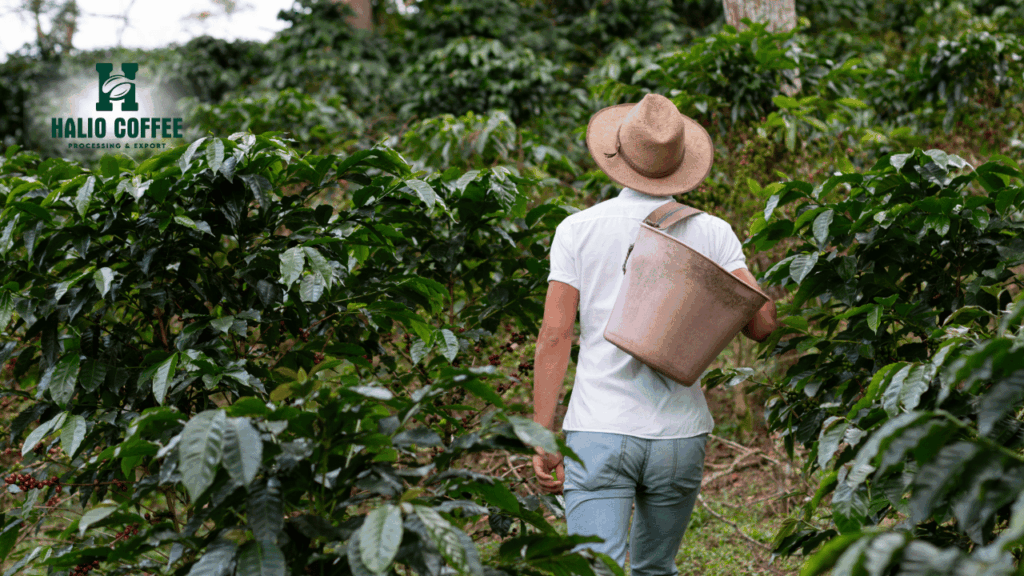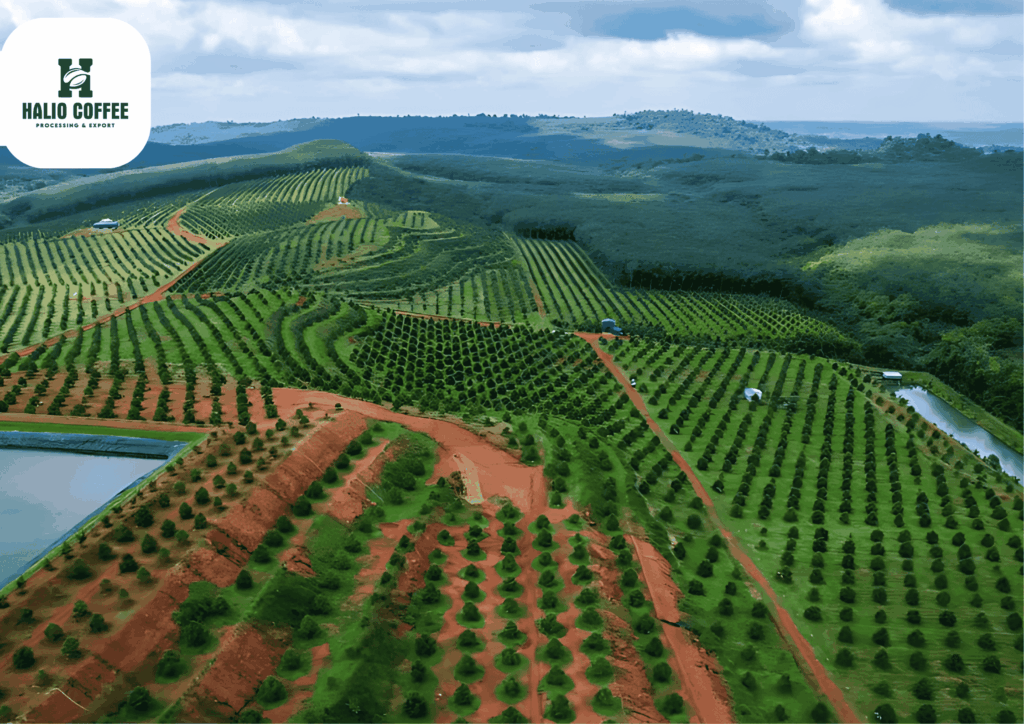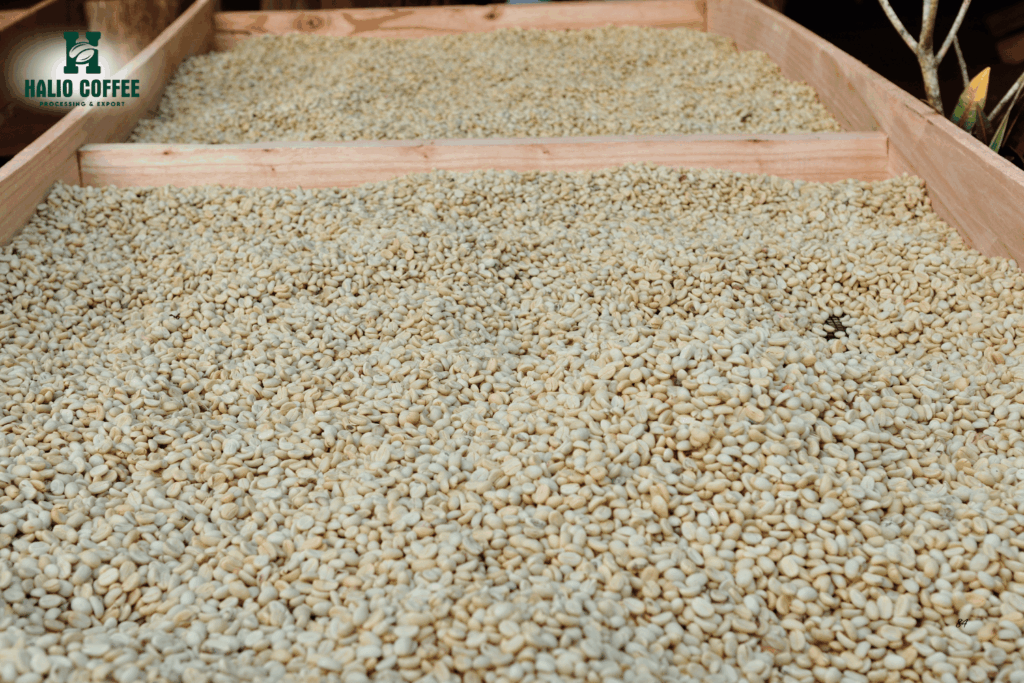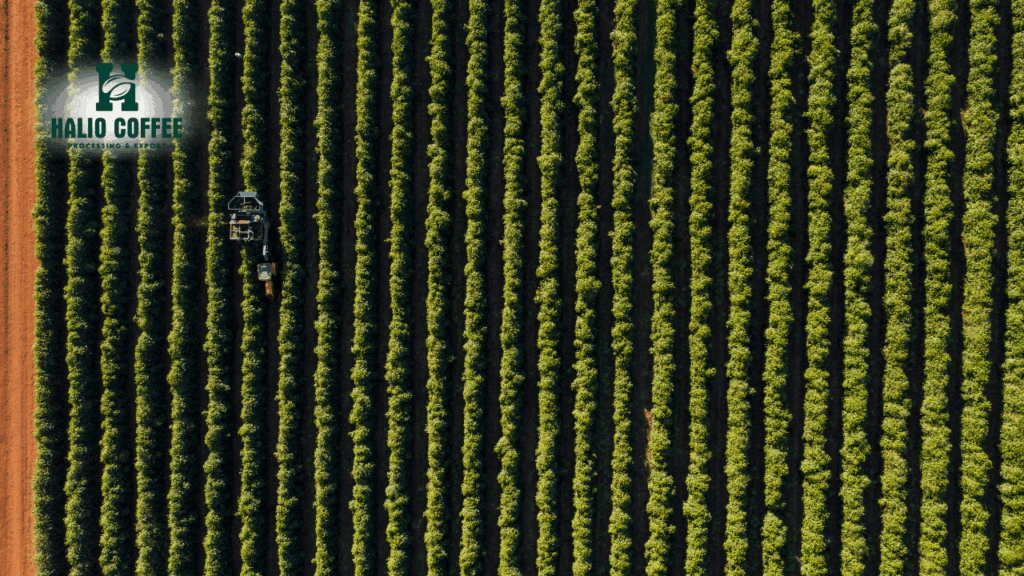You have navigated the complexities of sourcing from specific hubs like the Buon Ma Thuot robusta coffee suppliers, understanding the market dynamics and supplier landscape within key regions. You know where to find the coffee and who produces it. Now, we delve deeper into the why – why does coffee from different parts of Vietnam […]
Coffee prices today showed mixed results; Robusta saw a slight decrease of $25/ton, while Arabica climbed nearly 2%. Southern areas of Brazil’s Minas Gerais state were hit by heavy rain and hail last week, causing damage to many farms. Global Coffee Market Update At the close of the November 10 trading session, coffee futures prices […]
You have explored the nuances of Vietnam’s diverse coffee landscape, perhaps even delving into the high-altitude Arabica offerings from Lam Dong arabica coffee suppliers. You understand the regional differences and the importance of targeted sourcing. Now, we return to the heartland, the engine room of Vietnam’s coffee dominance, focusing specifically on the commercial and logistical […]
You have navigated the complexities of sourcing from Vietnam’s Robusta heartland, perhaps even establishing relationships with key Dak Lak coffee suppliers. You understand the scale and power of that market. Now, your quest for quality leads you higher, both literally and figuratively, to the picturesque plateaus and mountains surrounding Da Lat – the domain of […]
You have gained a strategic understanding of the rhythm of Vietnamese coffee production, perhaps having studied the Vietnamese coffee harvest season guide. You know when the coffee flows across the country. Now, it is time to focus your attention squarely on where the vast majority of that flow originates and the unique characteristics of sourcing […]
You may have identified a potential Specialty coffee sourcing agent Vietnam, or perhaps you’re building direct relationships yourself. You understand the importance of quality protocols and logistical planning. But underlying all successful coffee sourcing is a fundamental understanding of the agricultural cycle itself. Coffee is not manufactured; it is grown. Its availability, quality, and price […]
It is crucial to distinguish a specialized sourcing agent from other players in the market: The key difference lies in alignment and focus. A specialty agent works for you, prioritizing your quality and strategic goals above simply closing a deal. The Strategic Value Proposition: Why Partner with a Specialty Coffee Sourcing Agent Vietnam? Engaging a […]
In our last guide, we made the strategic case for sourcing wholesale green coffee beans. We established that for any scaling roastery, moving to full-container-load (FCL) purchasing is not just an option; it is an economic and quality imperative. You have accepted the “why.” Now, you must master the “how.” This is the playbook. The […]
You have navigated the market. You’ve moved past the initial analysis of individual green coffee beans for sale listings and have mastered the complex levers of the green coffee price. You are no longer a “shopper”; you are a qualified buyer. Now, you are ready to scale. You are ready to make the single most […]
For a professional roaster, importer, or B2B buyer, the search for “green coffee beans for sale” is the beginning of a high-stakes, analytical sourcing process. It is not a simple “click to buy” transaction. It is an invitation to perform due diligence. In our previous guides, you’ve mastered the complex components of the green coffee […]









